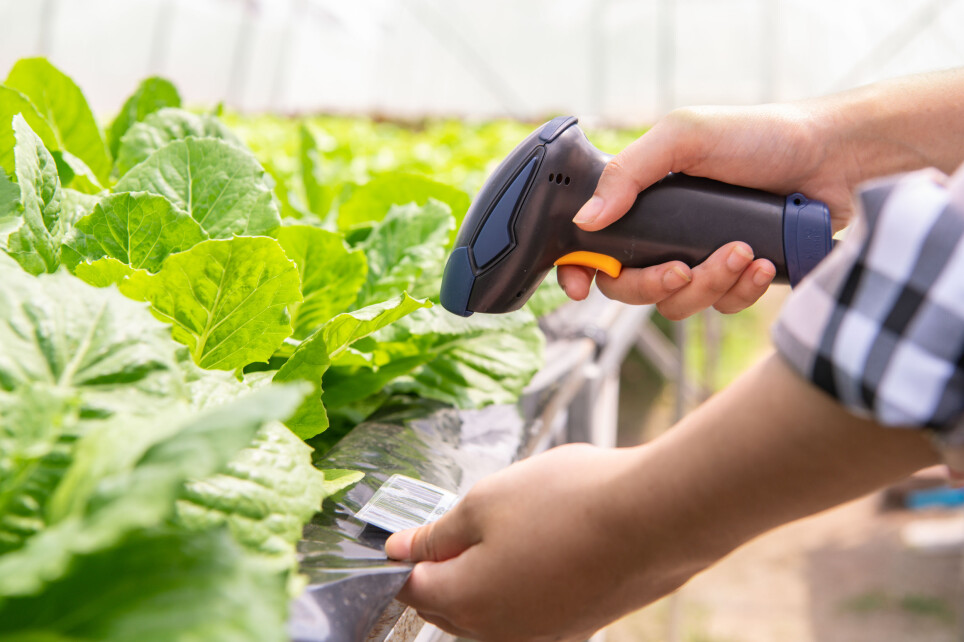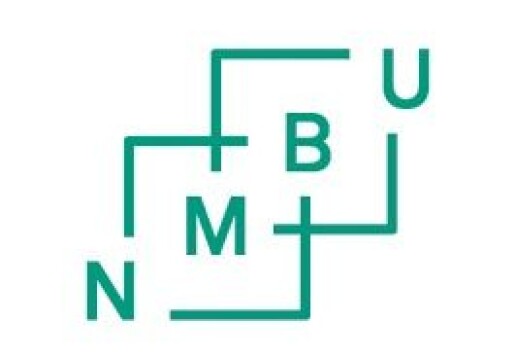THIS ARTICLE/PRESS RELEASE IS PAID FOR AND PRESENTED BY the Norwegian University of Life Sciences (NMBU) - read more

Mouldy food? No thanks!
The technology will ensure that the food that ends up on your table is safe to eat, even before it leaves the farm. The solution is a simple, portable device that quickly scans the food and identifies mould, pesticides and antibiotics.
“Mycotoxins, which are produced by mould, are one of the biggest challenges in the food industry. They can occur in normal food products such as feed, grain and apple juice,” explains Professor Dr Achim Kohler from the Norwegian University of Life Sciences (NMBU).
Mycotoxins are very harmful to our health. They can cause liver damage and cancer, and can also mimic hormones, damage the kidneys and weaken the immune system.
Kohler and NMBU are coordinating the research project PHOTONFOOD, comprising 13 universities and partner organisations from eight European countries that are working together to develop new technology that can improve food safety. The project has received EU funding and has a four-year duration.
“PHOTONFOOD will develop an instrument that can swiftly identify this type of contaminant at a low cost,” explains Kohler.
The advantage of the technology is that it will be robust and cheap enough to be used throughout the value chain from field to fork. It can be used on farms, at production facilities, during transport, in shops and so on. It will be simple and quick enough to enable the food to be checked early on in the process.
“An international manufacturer can check the nuts he produces before they are sent to Norway and the EU, and, not least, before they are mixed with nuts from other producers or batches. The farmers themselves can check the produce on their farms, thereby making it possible to see where the problem arises and to stop it in its tracks. This is ground-breaking technology,” says Kohler.
The objective of the research project is to design a portable and flexible device to identify microbial and chemical contamination in the food production chain and in finished food products. The solution will combine innovation in mid-infrared spectroscopy (MIR), smart paper-based sample processing and advanced data analysis.
The aim of developing, testing and demonstrating a compact, portable, adaptable and multifunctional technology solution is to significantly cut the costs of testing for fungi, mycotoxins, pesticides and antibiotics in all parts of the food chain.
See more content from NMBU:
-
Shopping centres contribute to better health and quality of life
-
We're eating more cashew nuts – and the consequences are serious
-
Do young people with immigrant parents have better health?
-
Who’s picking your strawberries this summer?
-
Can coffee grounds and eggshells be turned into fuel?
-
Rising housing costs fuel inequality in Norway





































